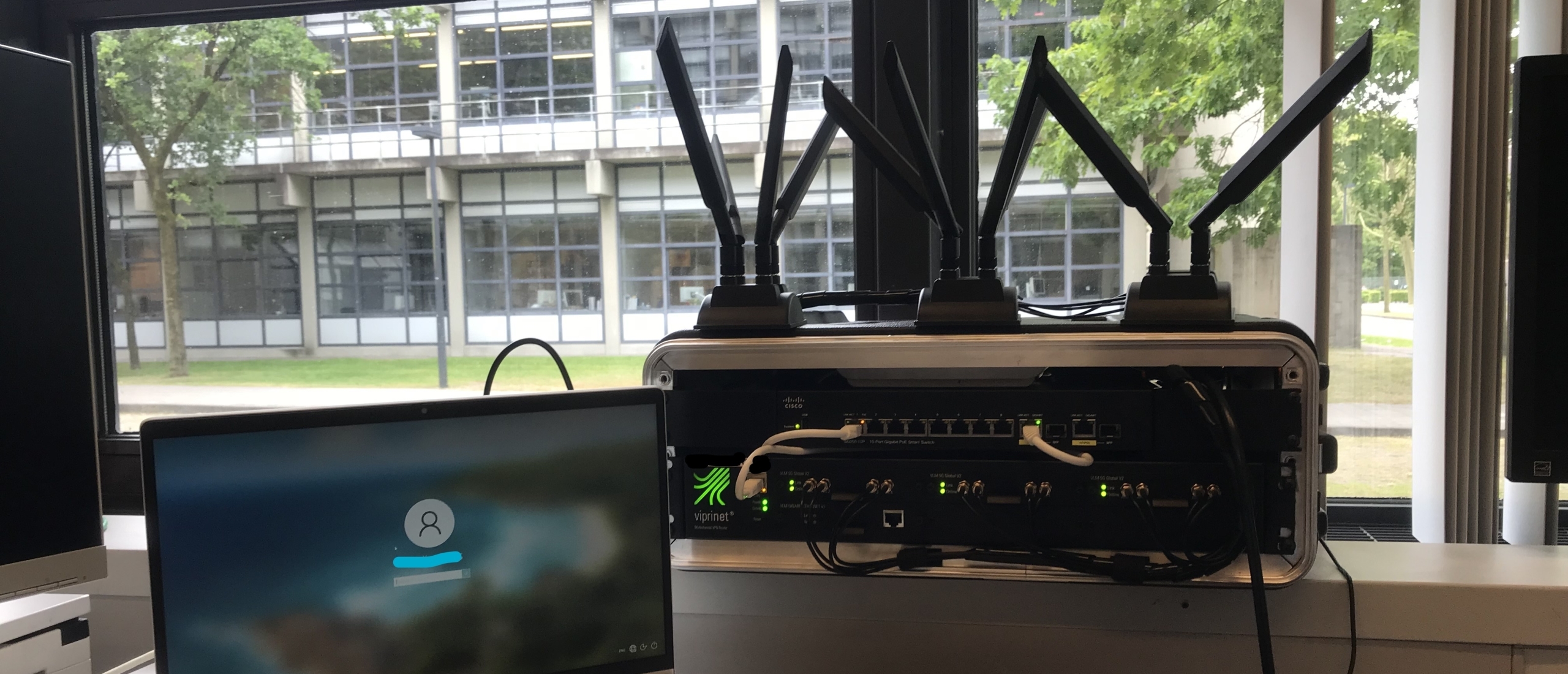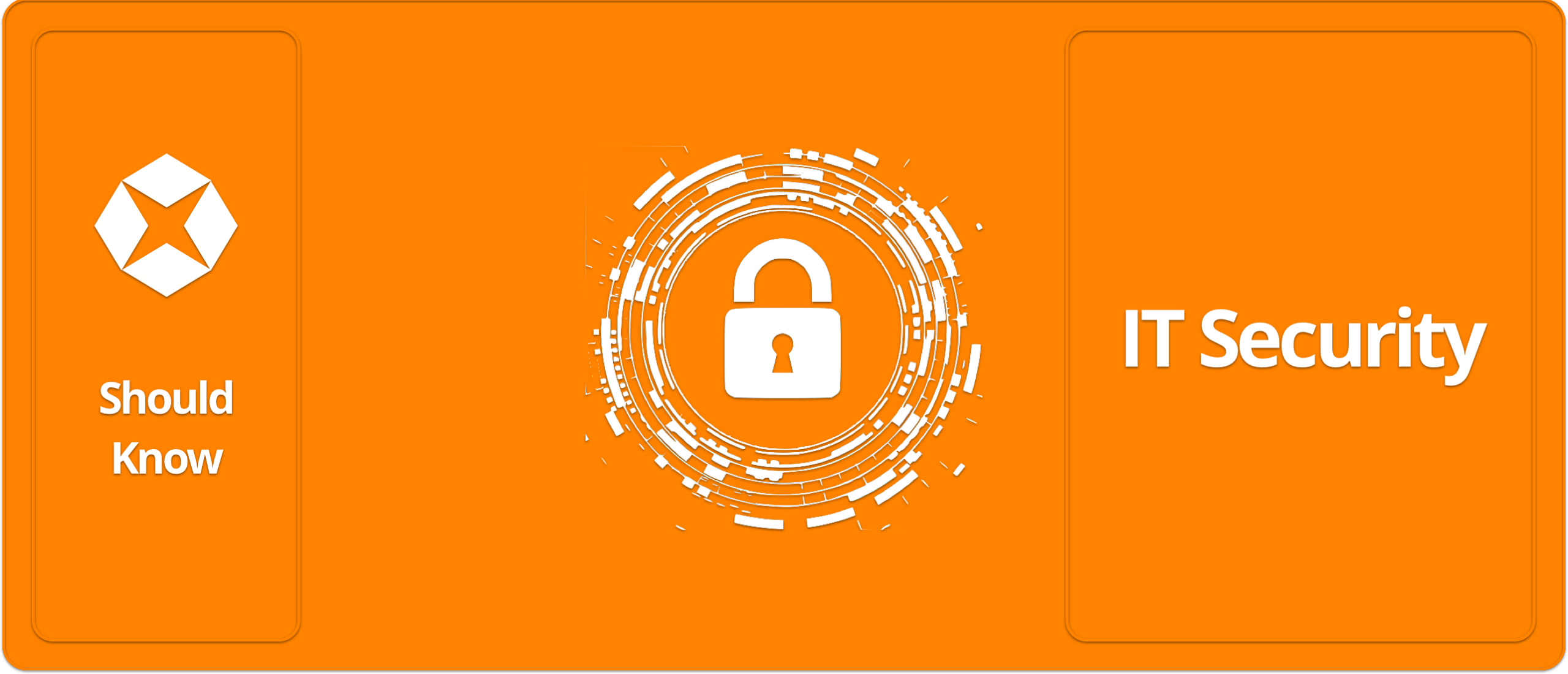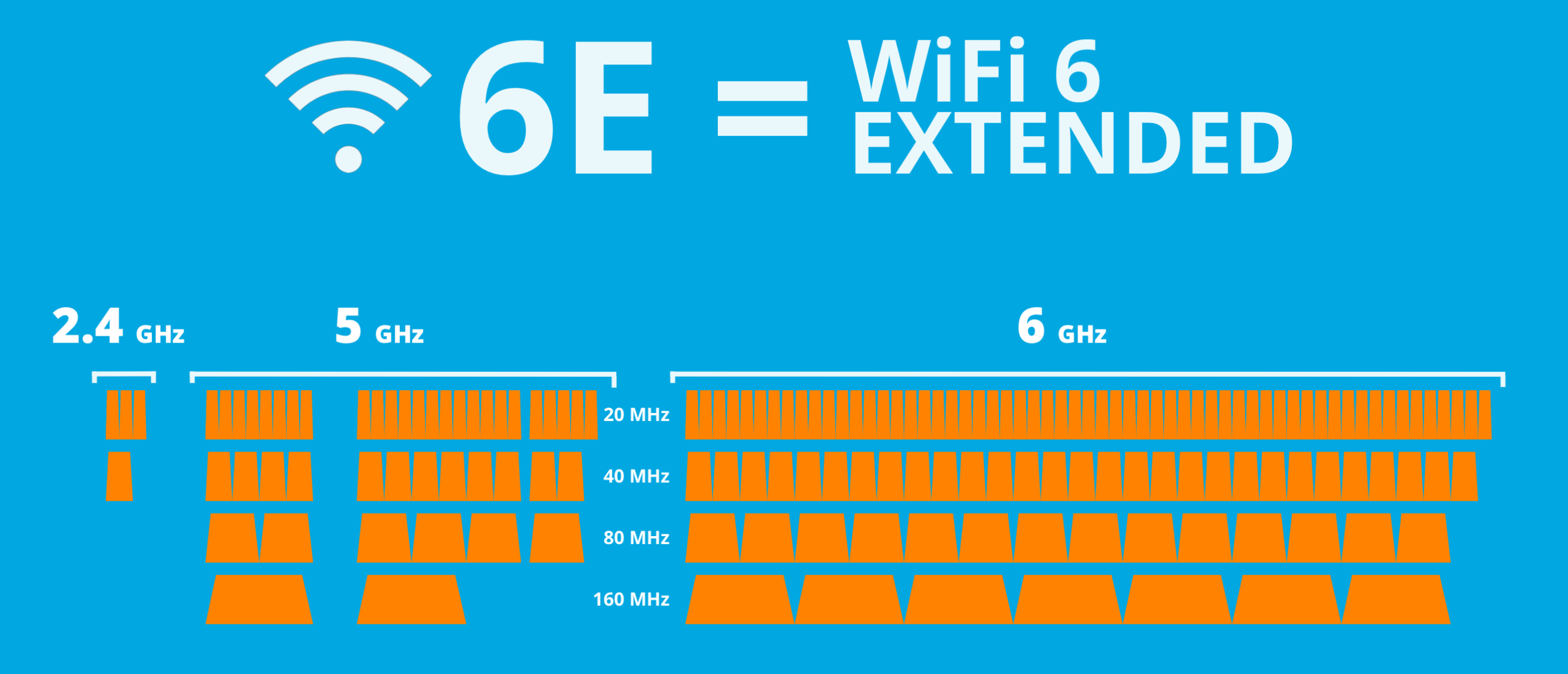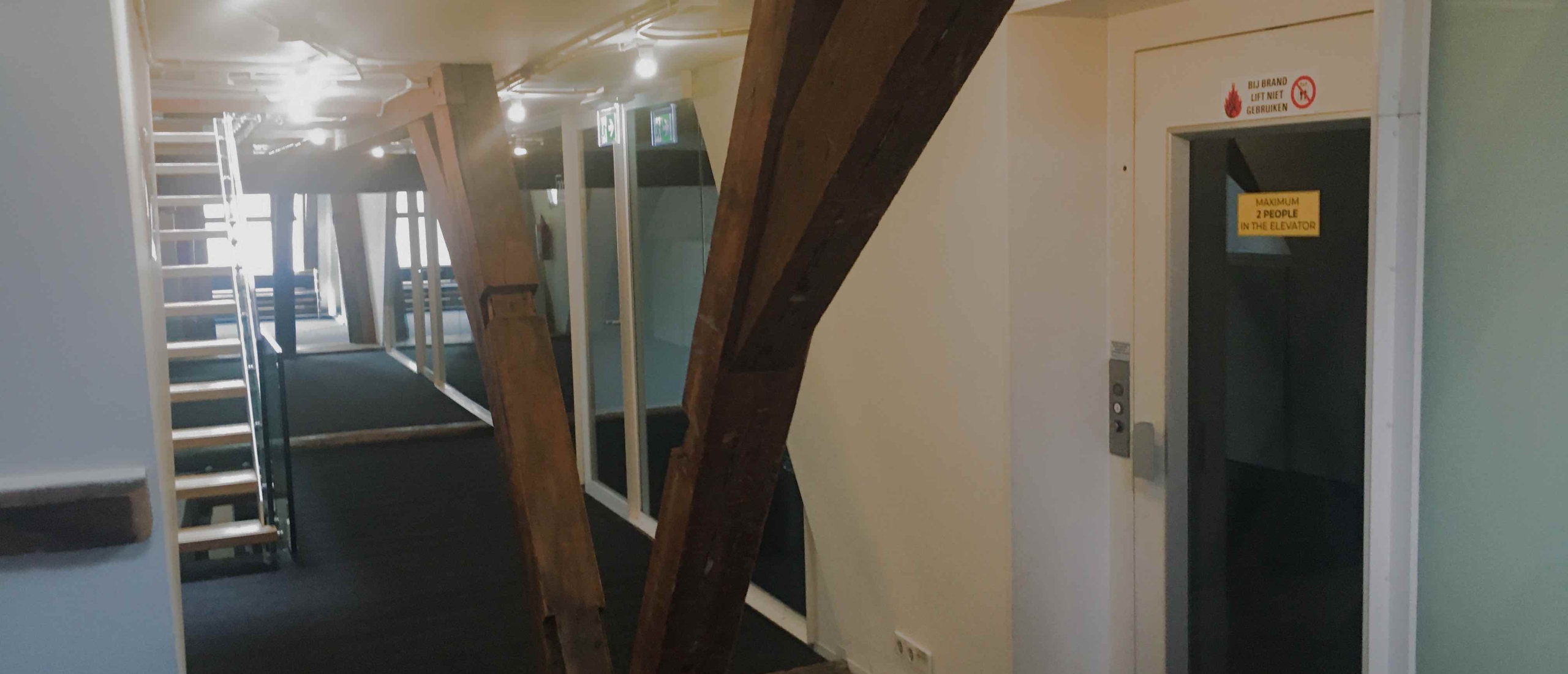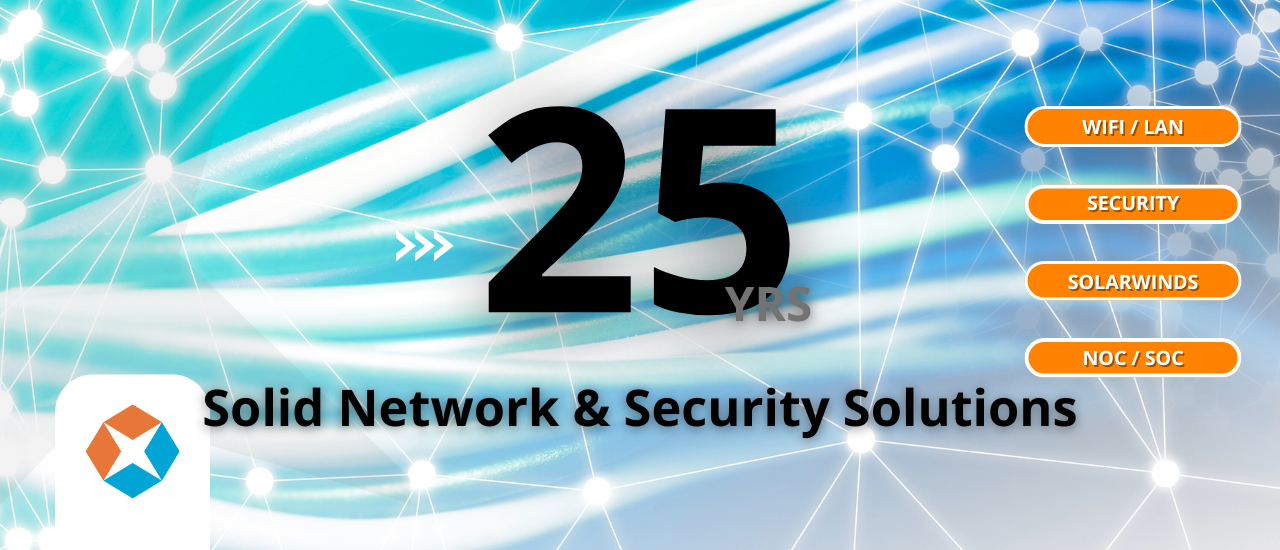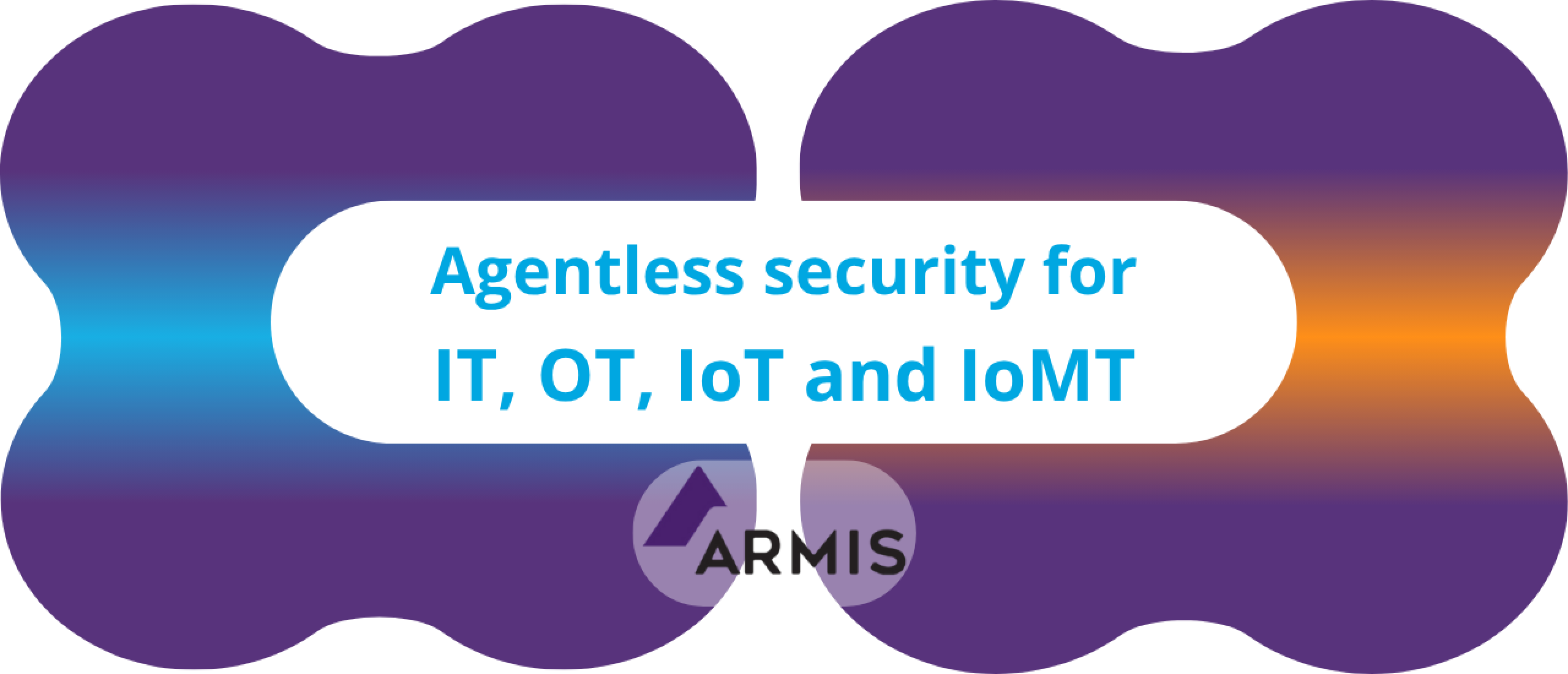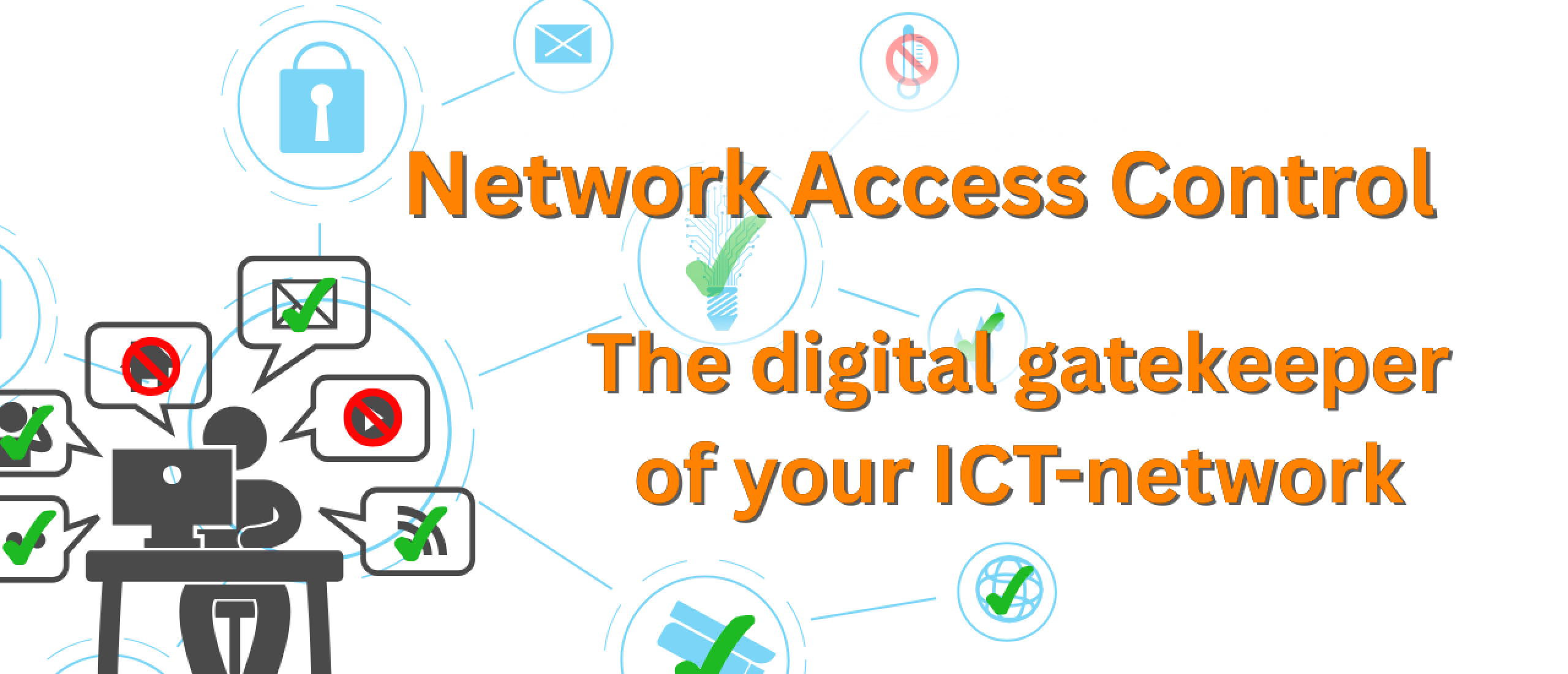
Basic IT Network Training for international team
In IT, you can never stop learning. Every engineer and/or IT professional will confirm this. Certainly in the field of IT network technology. Every engineer will recognize that hardly a day goes by without learning or at least wanting a bit of new knowledge. That is what makes this profession so fascinating and challenging.
This certainly applies to a large group of engineers from an international organization. They requested us to set up a suitable network training for a large team of participants.
Why a network training?
Two important reasons were the starting signal for this network training.
Firstly, a brand new network design had been implemented. More and also new network knowledge was needed to keep the IT infrastructure running smoothly.
The second reason came from the field. Engineers encountered situations that they could not tackle and solve satisfactorily.
In the field, there was often a lack of knowledge to tackle and solve problems independently. An additional challenge is that there is only one central point in the Netherlands for multiple time zones and that cost a lot of valuable time. Often a field service engineer had to wait a whole day before help arrived. Implementations often had to wait. The result? Delays. Also to the frustration of the field service engineers.
Attending a training is a valuable, but also a considerable investment. Also in time. So you really have to get something out of it.
This network training is set up in such a way that it would give the field service engineers sufficient practical basic network knowledge. Practical knowledge supported by theory, so the why you do something, to be able to troubleshoot better in the field.
The participants are deployed worldwide and have to be flown in from all directions. The training therefore had to be set up as efficiently as possible and could last a maximum of two working days in a row.
Do you want to send field service engineers back into the field with a well-filled backpack? Then a lot of information will have to be covered in a short time. In order to be well prepared for the training, all participants were offered an online course/e-learning in advance.

How was the network training structured?
Practical knowledge is very important in this training. That is why the trainers made a copy of the existing network situation in a lab setup. Each participant was given their own lab environment so that everyone could practice, try things out and especially make (their own) mistakes. You learn so much from making mistakes.
Personal, pre-introduced topics were included in the training as much as possible.
In the lab setup, the trainers deliberately made mistakes to teach the participants how to troubleshoot. In this way, situations from practice were simulated. The training is the best possible mix of theory and practice.
Thanks to the presence of two trainers, both with a great deal of current knowledge and practical experience, each participant receives personal attention.
Individual questions and differences in level are thus accommodated by the trainers.

What are the topics of the network training?
The training starts with an extensive explanation of the new concept network design. This is followed by chapters on IP addresses, TCP/IP protocols, frequently used protocols such as DNS and DHCP, and useful tools for troubleshooting.
*An overview of the topics covered:
- Motivation of the organization – new concept design explained
- IP addresses
- TCP/IP protocol
- Frequently used protocols, such as
- DNS
- DHCP
- NTP
- Remote control protocols
- File transfer
- Useful tools for troubleshooting:
- Putty
- Port scanner
- Pingplotter
- Wireshark: tool for professionals, but even the layman can get a lot out of it. An introduction to this tool in the training
- Ethernet – MAC addresses
- ARP
- Switching
- VLANs – segmentation
- Routing
- Documentation – reading and creating network designs on location
The trainers deliberately started with what participants already had some knowledge of in order to make the training accessible (anti-cold water fear). That is why a somewhat unconventional order was chosen (instead of starting with Ethernet).
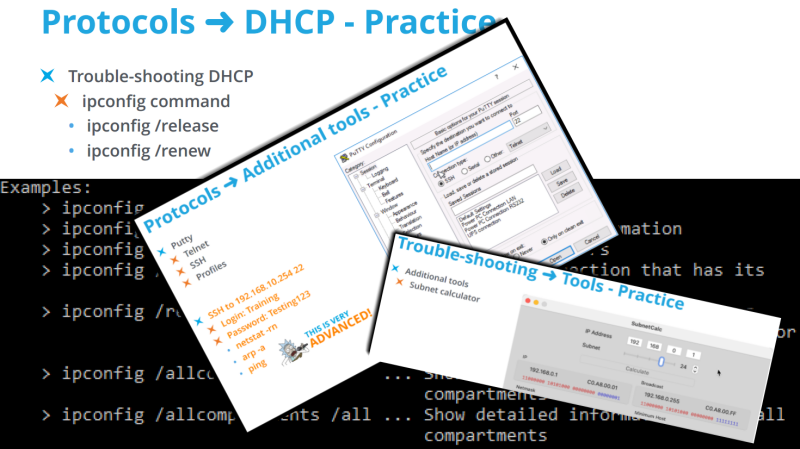
How did the participants experience the network training?
The participants were very positive about both the trainers and the content of the training. The practical approach and the mix of theory and practice are greatly appreciated. It started with familiar knowledge to remove barriers and ended with new insights and skills that they could immediately apply in the field.
The level of knowledge, the style of training and the personal attention of the trainers are experienced as very positive.
Statements from some participants:
“I knew I had to ping and now I know why.”
“At first it was a trick for me. Now I know what I am doing.”
“What eye-openers.”
Aha-experience
“More self-confidence in talking to the (internal) customer about network matters. I feel more confident.”
“I can now name in detail what does not work instead of shouting “it doesn’t work”.
“Thanks to the training, network theory is no longer abstract.”
“Your way of giving training ensures that I do not fall asleep. That I can and want to actually keep the attention. A clearly different way of giving training. There is even humor in it.”
Contact us: https://www.procyonnetworks.com/contact/
Follow Procyon Networks on LinkedIn and find valuable information about cybersecurity and network technology on your timeline every week.

